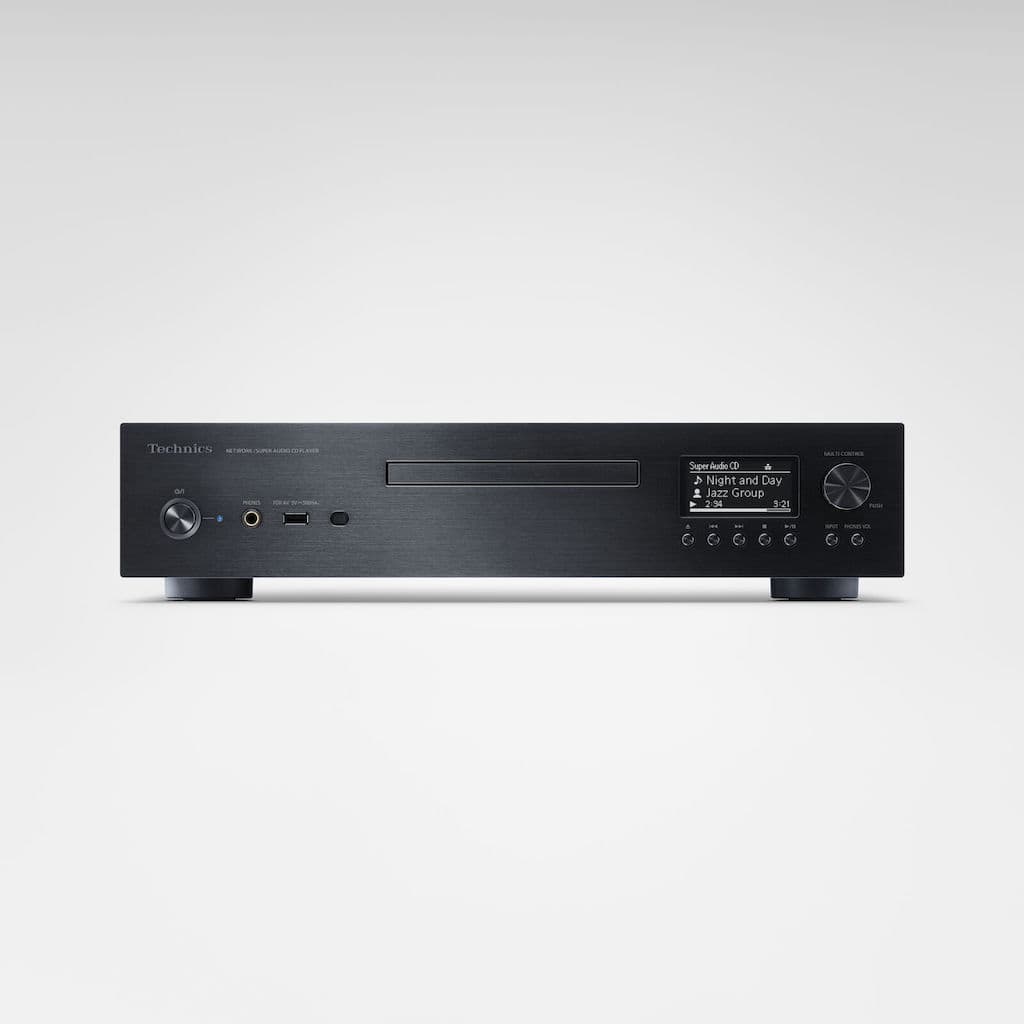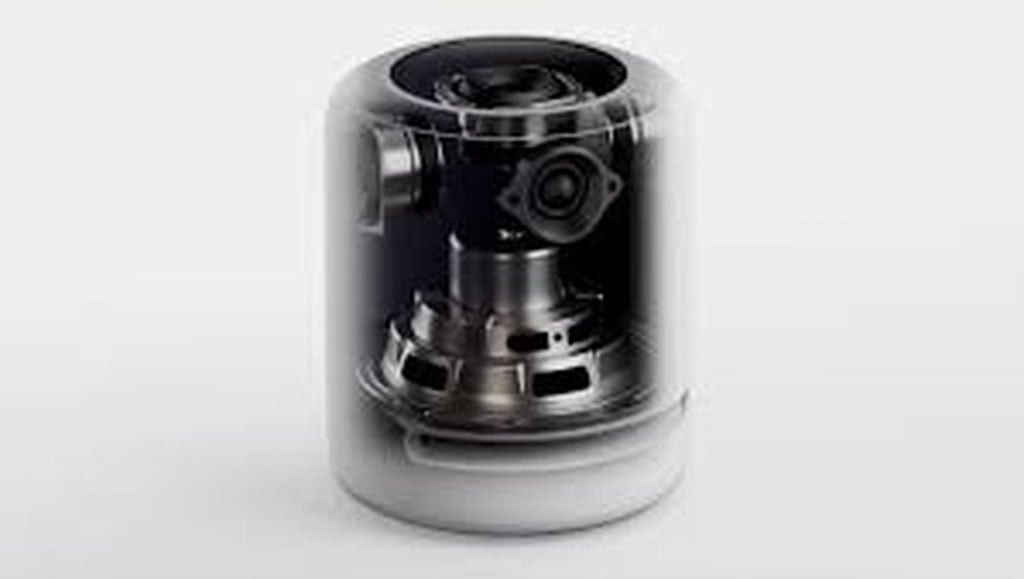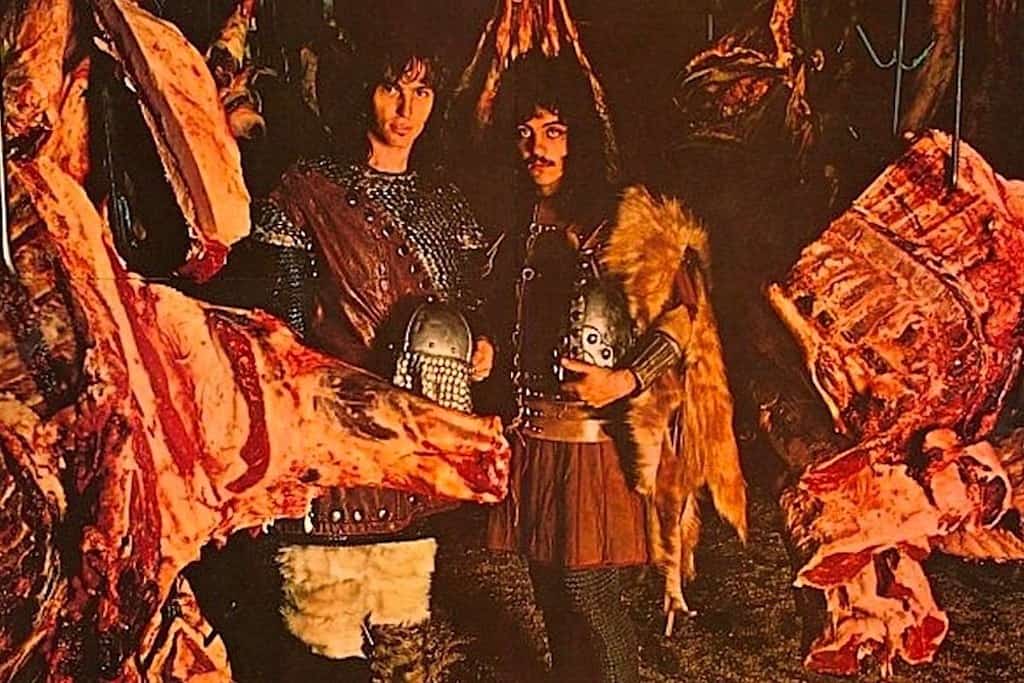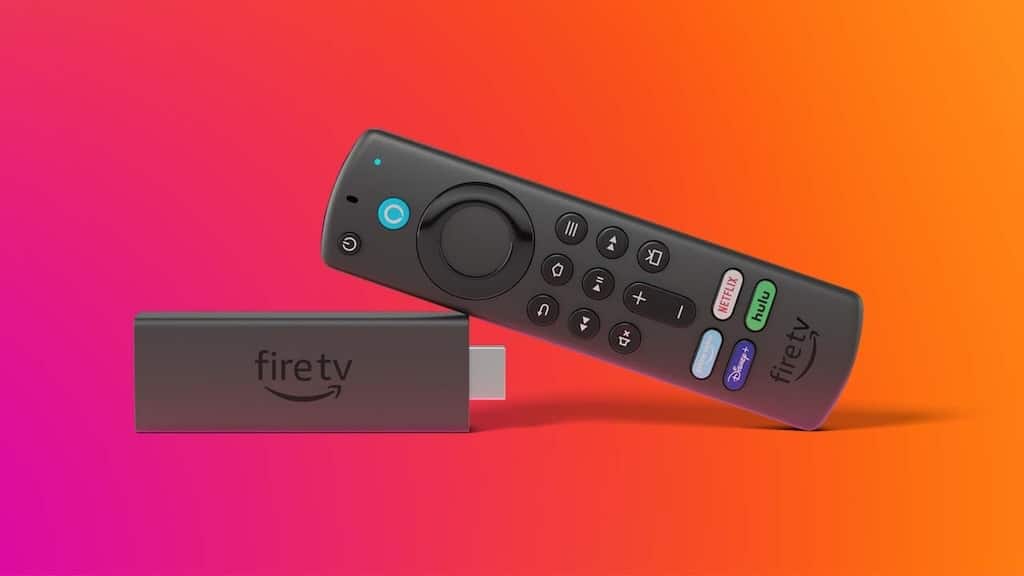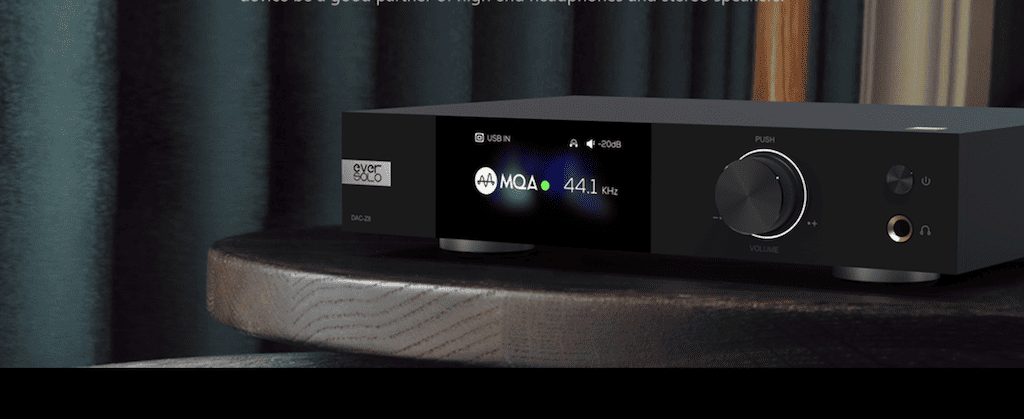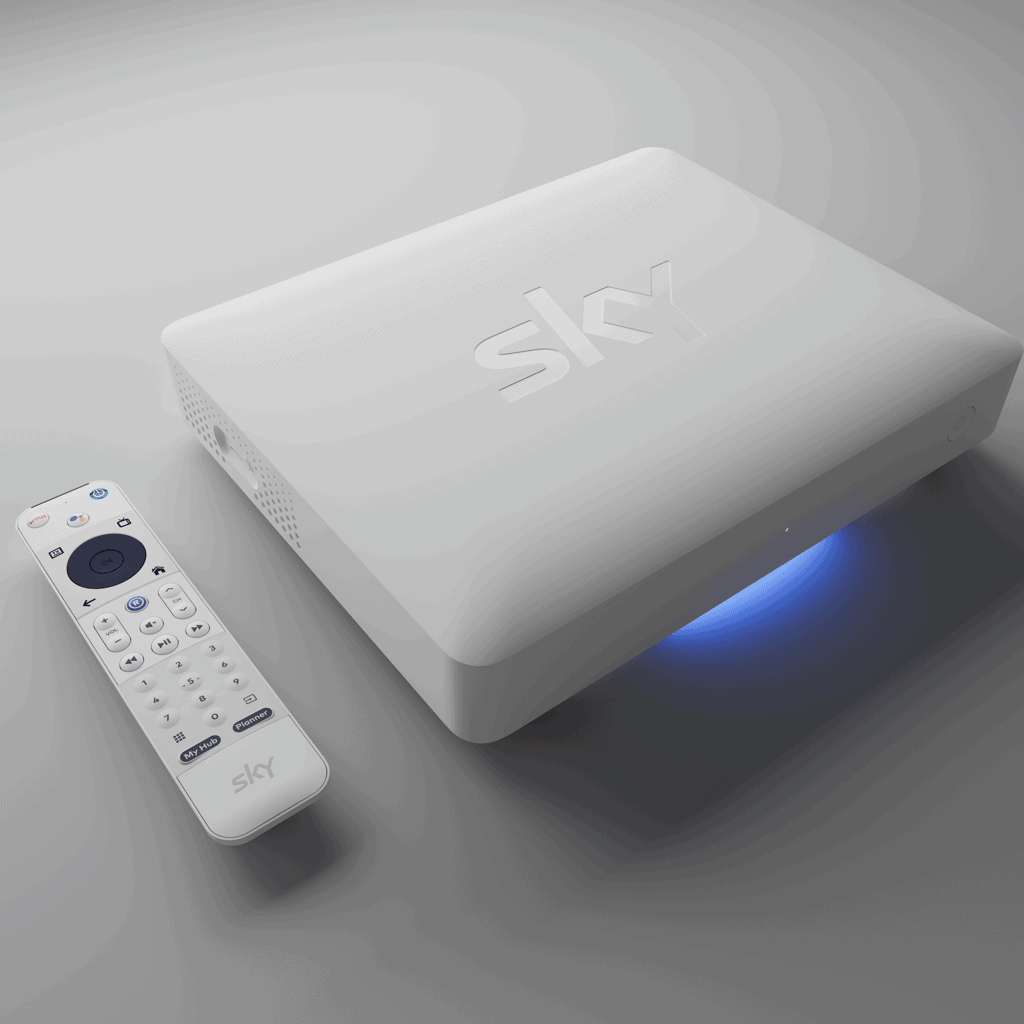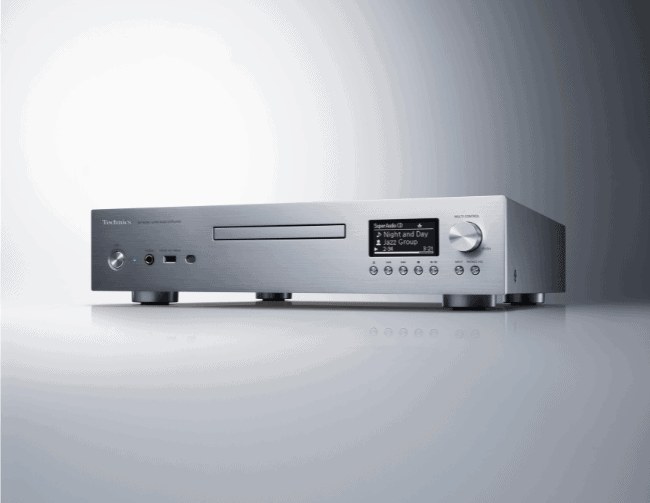Summary
Technics Grand Class SL-G700M2 Network/SACD Player REVIEW
Made for listeners with 2023 requirements but a penchant for physical media, this network player is a sonic marvel, writes ANDREW BAKER.
$6199
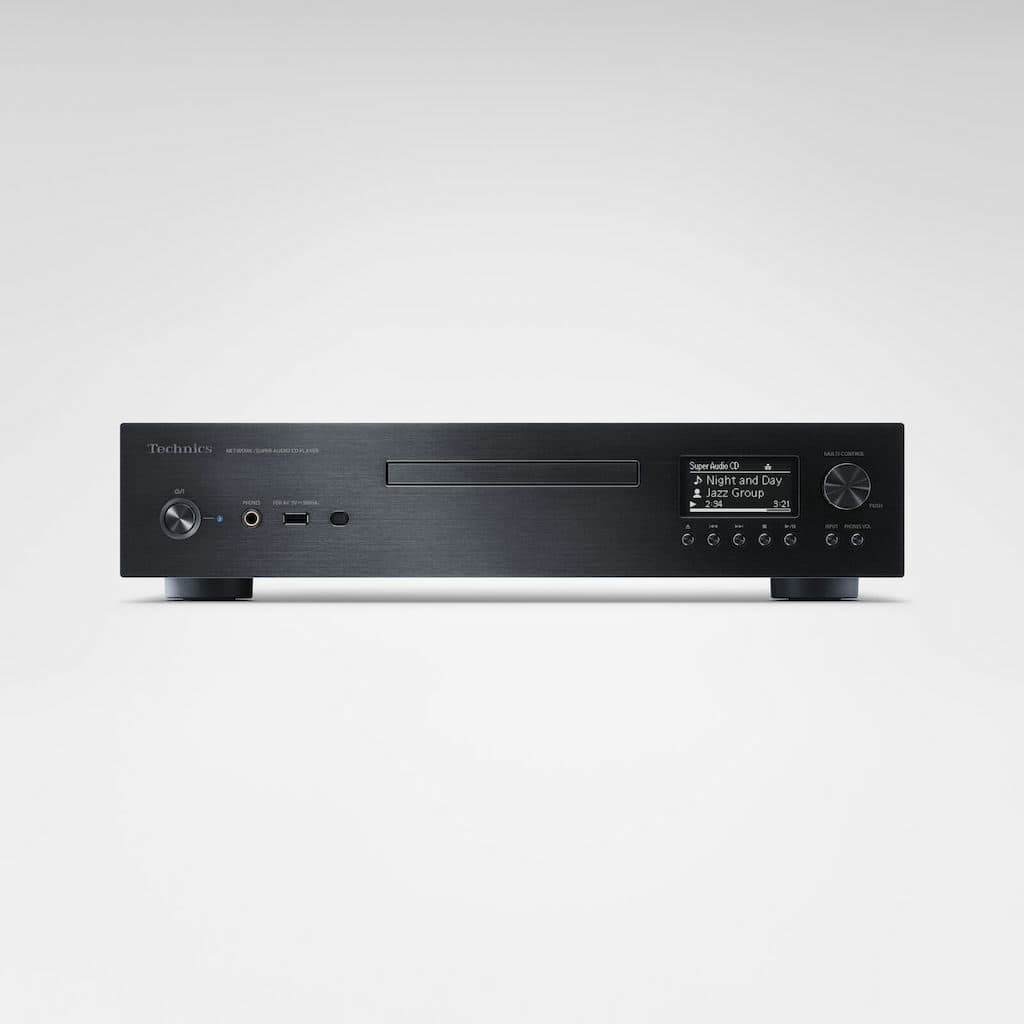 The last time I went into a record shop, I walked out with a couple of second-hand CDs and not a single record. I haven’t abandoned vinyl by any means but the prices for new or even used records is getting ridiculous. It’s little wonder people are turning more and more to streaming their music and now, it seems, buying up CDs again, because CDs are cheaper than records. And if that’s where you’re at as an audiophile/music lover, Technics has an excellent solution in the SL-G700M2M2 streamer/CD player.
The last time I went into a record shop, I walked out with a couple of second-hand CDs and not a single record. I haven’t abandoned vinyl by any means but the prices for new or even used records is getting ridiculous. It’s little wonder people are turning more and more to streaming their music and now, it seems, buying up CDs again, because CDs are cheaper than records. And if that’s where you’re at as an audiophile/music lover, Technics has an excellent solution in the SL-G700M2M2 streamer/CD player.
An updated version of the well-regarded G700, the G700M2 sits within Technics’ Grand Class, between their Premium and Reference classes but, relatively speaking, comes under the umbrella of what you would call high-end. With so many network streamers and universal players on the market at the moment, what does the Technics streamer have to offer?
Would you like to support our mission to bring intelligence, insight and great writing to entertainment journalism? Help to pay for the coffee that keeps our brains working and fingers typing just for you. Witchdoctor, entertainment for grownups. Riveting writing on music, tech, hi-fi, music, film, TV and other cool stuff. Your one-off (or monthly) $5 or $10 donation will support Witchdoctor.co.nz. and help us keep producing quality content. It’s really easy to donate, just click the ‘Become a supporter’ button below.
Taking it out of the box, the first thing you’ll notice about the G700M2 is that it is extremely well built. With its all-metal chassis and aluminium faceplate, it looks and feels solid – always a reassuring attribute when you’ve just spent a large amount of money on something.
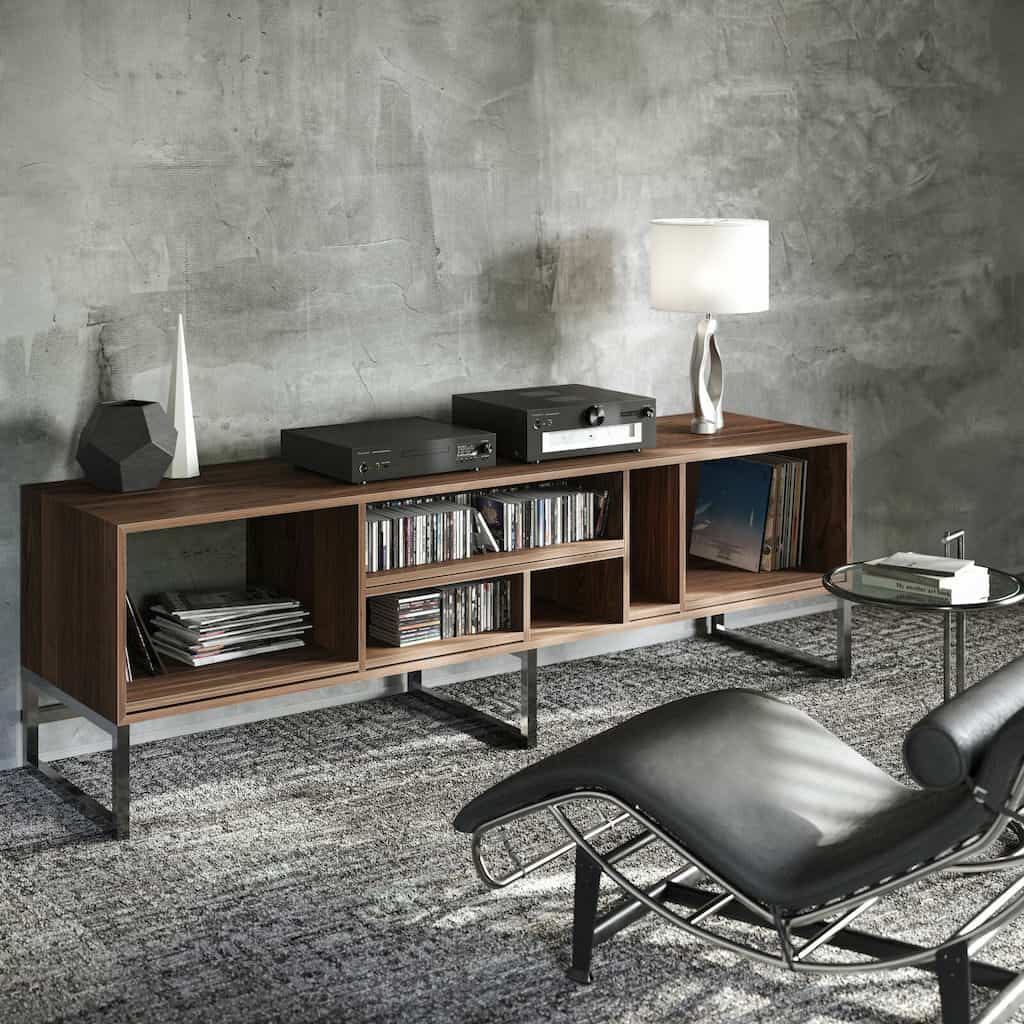 Starting with the front of the unit, the CD tray is situated in the centre and it’s nice to see a proper loading tray and not a slot. To the left of the CD tray is the Standby/On button, a 6.35mm headphone jack for the dedicated headphone section (110mW, 32Ohms), a USB-A (flash drive) input and the remote sensor. Over on the right is a small display window for showing input source, album information, etc, with CD operation buttons beneath. Next to the display is a multi-control knob (push, turn), input selection button and headphone volume button. All this is presented in an elegant, uncluttered fashion, though I’m not really a fan of having USB inputs on the front panel. In my opinion in detracts from the overall aesthetics – but that’s just me. One other small complaint is that the display can be difficult to read from across the room, especially for an aging audiophile such as myself.
Starting with the front of the unit, the CD tray is situated in the centre and it’s nice to see a proper loading tray and not a slot. To the left of the CD tray is the Standby/On button, a 6.35mm headphone jack for the dedicated headphone section (110mW, 32Ohms), a USB-A (flash drive) input and the remote sensor. Over on the right is a small display window for showing input source, album information, etc, with CD operation buttons beneath. Next to the display is a multi-control knob (push, turn), input selection button and headphone volume button. All this is presented in an elegant, uncluttered fashion, though I’m not really a fan of having USB inputs on the front panel. In my opinion in detracts from the overall aesthetics – but that’s just me. One other small complaint is that the display can be difficult to read from across the room, especially for an aging audiophile such as myself.
Turning the unit around reveals a decent, but not overwhelming, number of useful connections. You’ll find a pair each of analogue RCA and balanced XLR outputs for connecting to an amplifier, two wireless WIFI antennae and one LAN ethernet input (both wireless and wired, using 2.4 and 5 GHz bands). You also have optical and coaxial output terminals for connecting an outboard DAC, plus optical and coaxial inputs for connecting music sources (TV, streamer, DVD player) and a USB-B input for connecting a PC (unlike the original G700). A USB-A input is included for connecting a USB hard drive (HDD). And of course, there’s an AC input terminal. The included remote can control all functions and can also be used with Technics’ range of amplifiers.
So, while the G700M2 can be connected to whatever outboard source you desire, everything you could want is already built in. You get Bluetooth, Apple AirPlay 2, Chromecast, Spotify Connect, Tidal Connect (via Chromecast, using the Tidal app on your smartphone), Amazon Music, Deezer, Qobuz, internet radio, Roon (via Chromecast, so limited to 16/44), MQA, DSD and of course, CD and SACD.
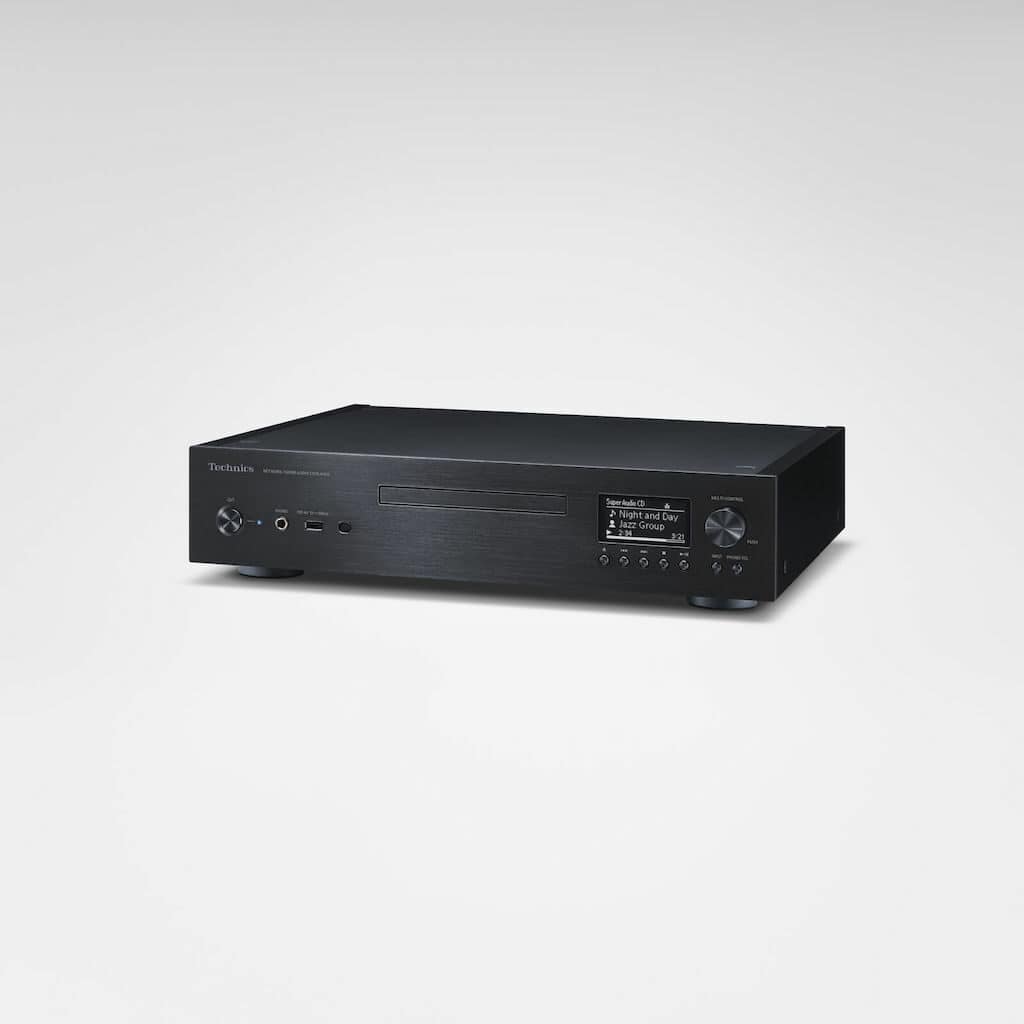 One thing I overlooked during my time with the G700M2 was the ability to use Tidal via the Technics app. Known, I believe, as “Tidal Direct”, you simply open the app, select Tidal, sign into your Tidal account and you are able to stream music up to MQA quality.
One thing I overlooked during my time with the G700M2 was the ability to use Tidal via the Technics app. Known, I believe, as “Tidal Direct”, you simply open the app, select Tidal, sign into your Tidal account and you are able to stream music up to MQA quality.
Internally, Technics have gone all out with R&D to bring the best possible sound with proprietary technology and implementation. Some of this is where the M2 version mainly differs from the original. As usual, the team at Technics has created a bunch of new names, terms and processes, the most important of which are as follows:
High Precision Coherent D/A Converter – The G700M2 converts digital signals to analogue with a technology composed of (to quote Technics) “(1) coherent processing, (2) high-performance D/A converter in dual monaural configuration, and (3) a proprietary discrete amplifier circuit.” Two ESS ES9026PRO DAC chips are used, one for each channel, and are isolated from each other to avoid cross interference.
Coherent Processing Technology is a process which Technics says, “…improves the reproducibility of impulse signals by minimising amplitude and phase deviations that occur throughout the D/A conversion process for signals up to 192kHz PCM using proprietary digital signal processing [DSD signals such as SACD do not go through this process].” They claim this results in a clearer, more pure sound.
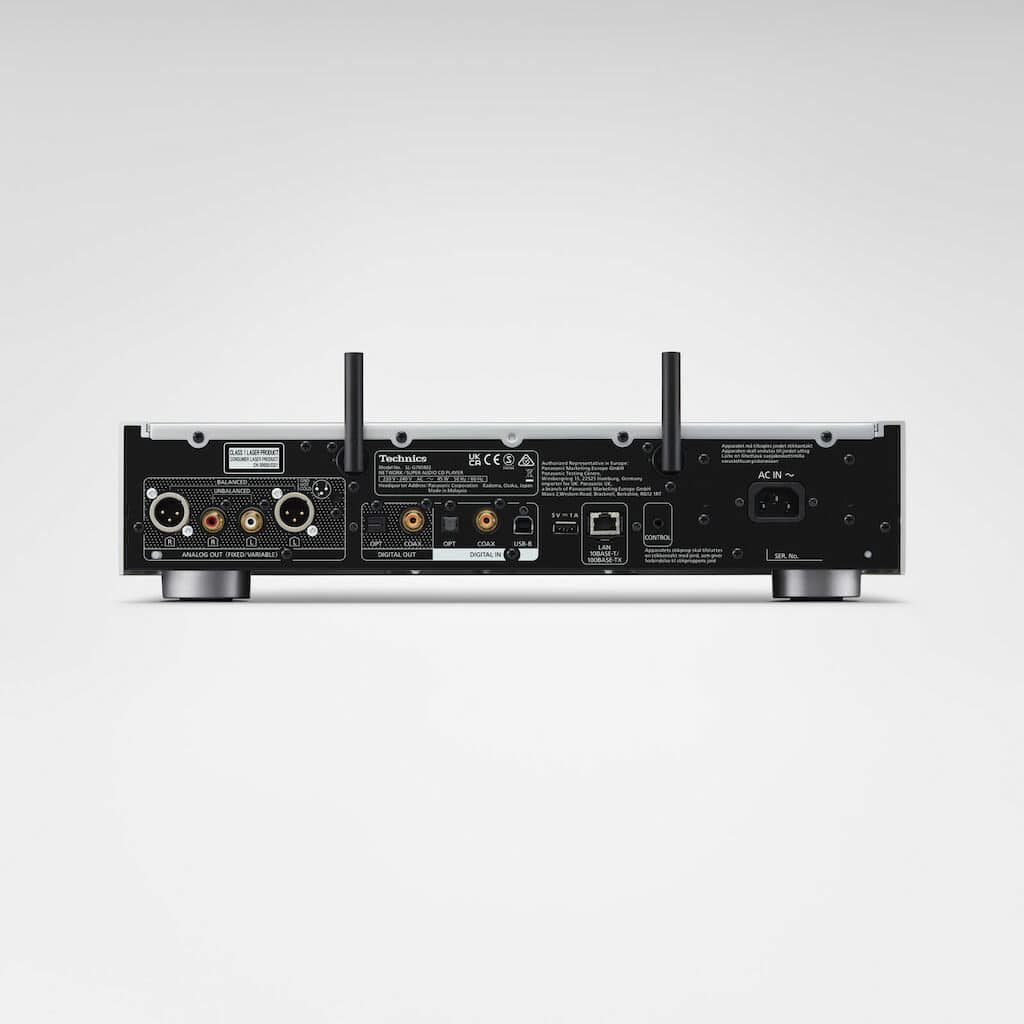 The Multi-Stage Silent Power Supply helps eliminate noise from the signal (noise which can be detrimental – and potentially audible – to the resulting sound) with the use of a high-speed switching power supply (such as that found in the SU-R1000 Reference amplifier) a low-noise regulator and Current Injection Active Noise Cancelling. Current Injection Active Noise Cancelling is a newly developed technology and is a method of removing unwanted noise from the signal by employing an inverted phase current whenever noise is detected.
The Multi-Stage Silent Power Supply helps eliminate noise from the signal (noise which can be detrimental – and potentially audible – to the resulting sound) with the use of a high-speed switching power supply (such as that found in the SU-R1000 Reference amplifier) a low-noise regulator and Current Injection Active Noise Cancelling. Current Injection Active Noise Cancelling is a newly developed technology and is a method of removing unwanted noise from the signal by employing an inverted phase current whenever noise is detected.
The chassis is divided into four sections, keeping power supply, analogue section, digital circuits and the CD drive isolated from each other to avoid possible interference. The front and side panels are 7mm and 3mm (respectively) aluminium and even the CD tray is constructed from aluminium.
Setup and Sound Quality
Setup couldn’t have been easier. After connecting the G700M2 to my amplifier using RCA cables, plugging into the mains and turning on, I whipped out my Android phone. I chose to connect using Wi-Fi and had this and my chosen streaming services up and running in seconds, using the Google Home App as per the User Manual. Spotify Connect, Tidal Connect and Roon (via Chromecast) all worked first time with no problem at all. I used a couple of pairs of speakers, driven by my Unison Research integrated amplifier – Reference 3As and the new ‘Passif 50’ from PSB (currently under review) – and several pairs of headphones – HIFiMan Edition XV2, Audeze LCD2C and LCDX and Sennheiser HD660S. And for direct A/B comparisons I used my Electrocompaniet ECD2 DAC (now discontinued but roughly similarly priced on release), an MHDT Labs ‘Stockholm’ NOS tube DAC and a FiiO K9 Pro ESS headphone amp/DAC (currently priced around $NZ1200).
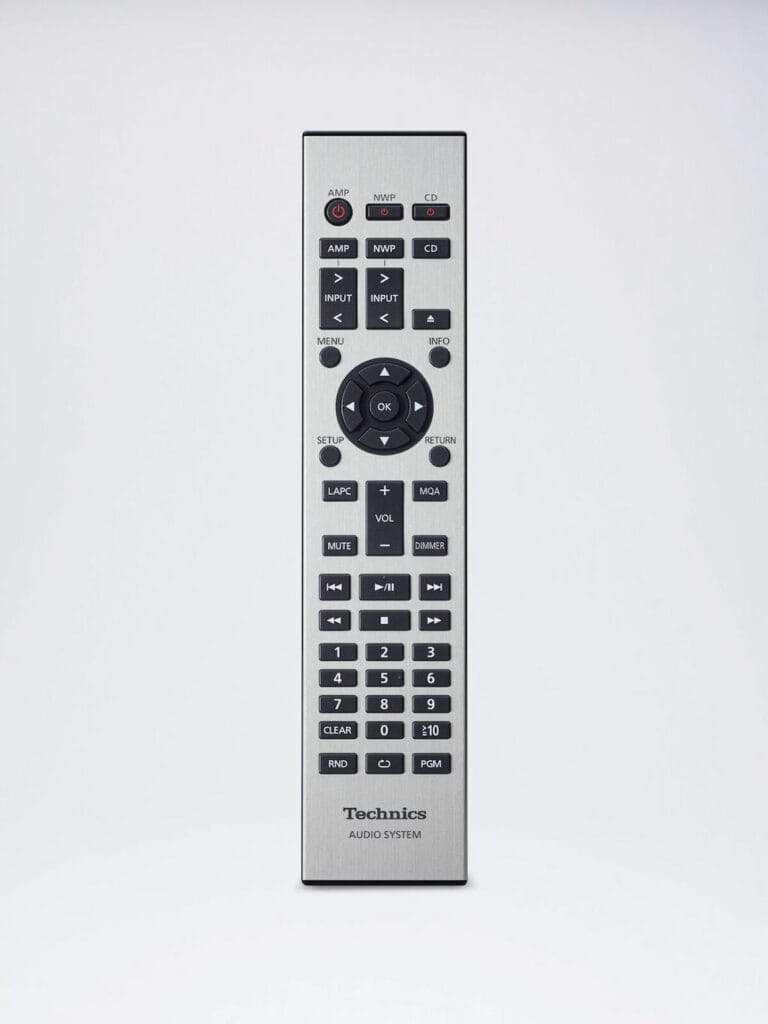 I’m not particularly fussed with MQA or high-res files and Roon at 16/44 via Chromecast serves me fine. My usual source for Roon and Spotify is a Raspberry Pi3 (I also have a second one in my headphone setup), running RopieeeXL via Ethernet – and, despite the odd internet connection related glitch, it’s pretty good.
I’m not particularly fussed with MQA or high-res files and Roon at 16/44 via Chromecast serves me fine. My usual source for Roon and Spotify is a Raspberry Pi3 (I also have a second one in my headphone setup), running RopieeeXL via Ethernet – and, despite the odd internet connection related glitch, it’s pretty good.
Upon playing the first track, the G700M2 immediately impressed. It recreated an excellent stereo image with good separation and air. I found it to have a lovely natural and unforced nature while managing deep, punchy bass, a creamy midrange and crisp, detailed treble. Higher frequencies never became bright or fatiguing, though my tolerance levels were certainly tested by the Titanium dome tweeters of the Passif 50s (more about that in the next review).
Playing some experimental techno in the form of ‘Attracted By Fire’ from the excellent album The Night Will Last Forever (2005, Ladomat 2000) by Lawrence, I was treated to multiple, and clearly separate, layers of sounds with excellent tonal balance and dynamic range. I enjoyed the way the different sounds and effects interacted with each other, popping out here and there from the mix, sometimes right out into the room, with delicious clarity. A melancholic keyboard melody occasionally drifting in and around the main body of music helped emphasise the illusion of space and dimension.
Brandt Brauer Frick are a German trio of classically trained musicians who use conventional instruments along with synths and samples to create a kind of EDM/techno music. Sort of a techno version of The Bad Plus – often driven by electric piano and drums with orchestral accompaniments, their sound is polished and exhilarating. This came across beautifully through the GL700M2, when playing the track ‘Bop’ from their album Mr. Machine (2011,!K7 Records) with the tonal textures of the piano keys and drum skins standing out to notable effect. The sound remained cohesive and uncluttered even during busier passages, maintaining a good sense of space while the bottom end stayed well-tuned and punchy.
Despite owning a pretty good Denon SACD player, I unfortunately no longer own any SACDs (I think my father has my last one, a copy of Bob Dylan’s Nashville Skyline) but I do own a good stack of CDs. To compare CD playback with streaming, I used ‘The Day I Would Bury You’ from the album You Follow Me by Nina Nastasia & Jim White (2007, Fatcat Records), Wilco’s ‘Forget The Flowers’ from Being There (1996, Reprise) and ‘Chameleon’ from Herbie Hancock’s Head Hunters (1973/1997, Columbia/Sony). You Follow Me is a fantastic album, featuring Nastasia singing and playing guitar with Australian drummer Jim White adding contrast, drama and emphasis with his distinctive (and often wild) drumming style. Both formats contributed an impressive view of Nastasia’s emotion-drenched voice and understated guitar while the scale and dynamics of the drumming gave a good visceral edge-of-your-seat appeal to the proceedings. And that good sense of air and separation between the two performers was hard to ignore. Again, a good mix of tonal balance, dynamics and excellent frequency response was on display. I really had a difficult time distinguishing between the two formats but ultimately I thought that the CD player sounded just a fraction more natural and airier than the streamer. It was easier to pick with the Wilco track. The CD version sounded slightly richer, brighter (not in treble but in terms of the overall feeling of the track), vocals and instruments had more body and guitars had a bit more sparkle. ‘Chameleon’ again sounded a touch more natural on the CD version but I noticed, unlike the previous two tracks, the Tidal version sounded louder and somewhat compressed. Perhaps an artefact of the MQA processing – this turned out to be an MQA 96kHz version, reduced to 16/44 by Chromecast – because the CD just sounded a bit more dynamic. (I realise this goes against the narrative shared by MQA adherents but my own experiences with the technology thus far have differed.) To be fair, I probably wouldn’t have noticed and would in fact have enjoyed the Tidal version of the track perfectly well had I not been making comparisons; and we’re not talking huge differences here anyway. While for me the CD player performs best, if only by the smallest of margins and not necessarily all the time, either format is certain to bring hours of enjoyment. Incidentally, I compared Roon/Chromecast to Tidal connect and while Roon seemed to be my preference, they really weren’t dissimilar. All in all, results pointed to the G700M2 containing an exceptionally capable streamer.
Oh, and I have one word to describe the CD player’s functionality: sublime. The CD tray slides in and out smoothly; a luxury compared to some players I have come across, including some with heftier price tags than the G700M2. Playback starts in an instant and skipping tracks was nice and quick too.
Things took a bit of a spicy turn when I began comparing DACs for streaming, either connected to RopieeeXL or from the G700M2s coaxial output. I ended up spending a lot of time comparing DACs. Too much time in fact. A/B-ing back and forth, trying this track or another, ensuring the volume was matched at all times, all in the name of trying to determine differences between each brand.
Let’s get the ‘Stockholm’ out of the way first. This is a lovely sounding DAC which at one time I might have described as sounding “musical” – if it wasn’t now highly illegal to use that word. It may be great at conveying textural contrasts and tonal balance, but the Stockholm simply couldn’t match the other three DACs for dynamics, scale and body; sounding a touch too laid-back in comparison.
The ECD-2 and K9 Pro ESS on the other hand sounded very similar to the G700M2. Using the K9 solely as a DAC, I found it had more gain than the others – something which could lead one to the initial assumption that it’s the better DAC. But once volume matched with the others, I thought it sounded pretty much the same. The “ESS” in K9 Pro ESS denotes the use of an ES9038 Pro DAC chip – remember the G700M2 uses an ES9026 Pro. I have no idea if this is significant; perhaps not, considering the ECD-2 uses one of the Burr-Brown chips and also sounds similar. (It all comes down to the implementation in the end, does it not?) I did feel that the other two displayed a little more refinement and air than the K9 DAC, which perhaps had a little bit of an edgy treble – nothing intolerable, but I’d tend to be careful with the K9 if using bright leaning headphones. I did think maybe the ECD-2 gave slightly better bass extension, with the Technics giving a hair better micro-detail retrieval and perhaps another hair’s worth of airiness. Maybe. One thing for certain is that there is no way I could confidently pick the three from a blind test.
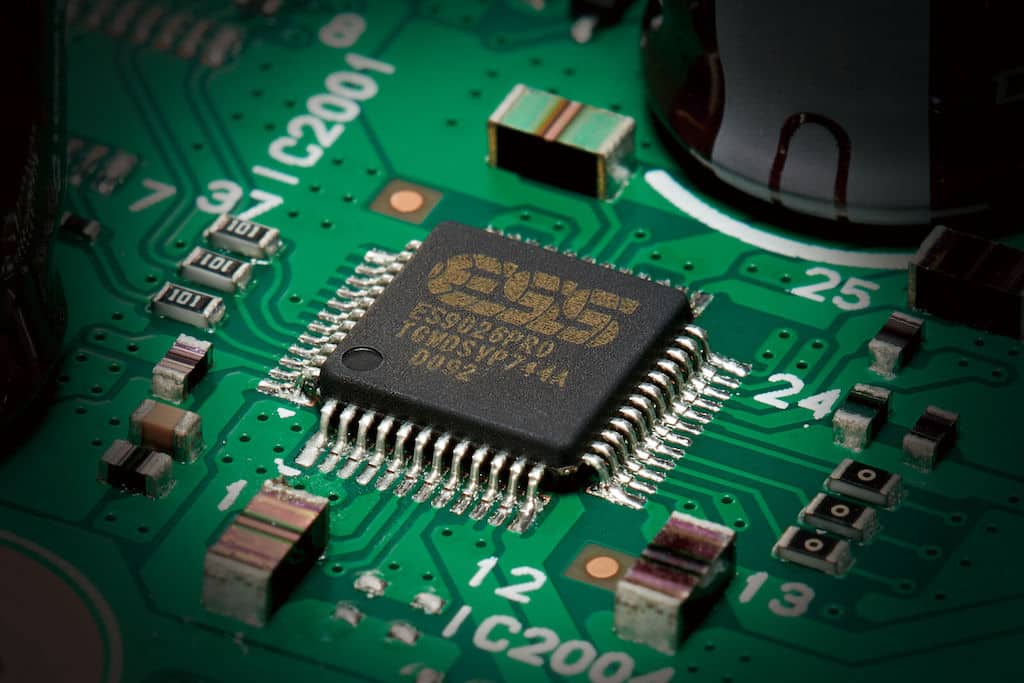 Deciding to dive in a bit deeper, as it were, I endeavoured to compare the three DACs using the K9’s headphone output. I used the planar magnetic Audeze LCDX (2021 Version) which is a relatively easy to drive headphone that is becoming more and more widely used by sound engineers, musicians and audiophiles alike. Headphones on, I had a similar experience as before, with the three DACs sounding very much the same, with perhaps a hair of difference here and there – more or less as described above. Again, the K9 DAC section had demonstrably more gain, but sounded much the same after being volume matched.
Deciding to dive in a bit deeper, as it were, I endeavoured to compare the three DACs using the K9’s headphone output. I used the planar magnetic Audeze LCDX (2021 Version) which is a relatively easy to drive headphone that is becoming more and more widely used by sound engineers, musicians and audiophiles alike. Headphones on, I had a similar experience as before, with the three DACs sounding very much the same, with perhaps a hair of difference here and there – more or less as described above. Again, the K9 DAC section had demonstrably more gain, but sounded much the same after being volume matched.
Towards the end of my time with the G700M2, I had the opportunity to compare it with a DAC costing around the $10k mark. (This is in for review and will be discussed further in the near future.) Although I didn’t get a lot of time with the two DACs together, I noted an increase in textural contrasts, image definition, spatial awareness and image projection all from the more expensive DAC. These weren’t tremendous differences, but they were definitely there.
The headphone section in the G700M2 is very good. Using several pairs of headphones, I enjoyed good detail retrieval, imaging and timbre and decent stereo imaging. I found it just a little lacking in overall dynamics and slam, compared to some dedicated headphone amplifiers, but it is otherwise refined and enjoyable. It drove most of my headphones pretty well, some planars needing a little more volume but never running out of steam. Dynamic drivers like my Sennheisers seemed to perform with the most ease, coming across punchy and involving, though the LCDX were no slackers in that regard.
Here’s a handy hint: below the rotary knob is a button labelled ‘Phones Vol’. Press and hold this and the knob stays in headphone volume control mode, whereas if you just press it once, it’ll only stay for a few seconds.
It might arguably have similar sound characteristics to other DACs (at least to the handful I compared it to and perhaps even to models in the price range up to 5 or 6K) when streaming internet-based music, yet the G700M2 remains very much worthy of consideration. If it was just a plain old D-A Converter, I might have suggested considering other models first. However, given its versatility, it should not be ruled out of contention. Not only is the G700M2 a top-class multi-platform streamer, but it is also an excellent (SA)CD player, headphone amp and pre-amp loaded with all the inputs and outputs you could ever need. Add to that its admirable build quality and you have a digital player that will keep you laughing for years.
Against most predictions, it would seem CDs aren’t going anywhere soon, so get in before they too fall victim to outrageous price hikes.

